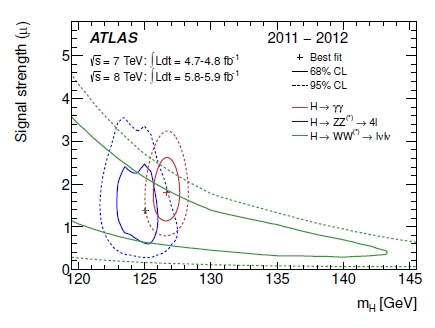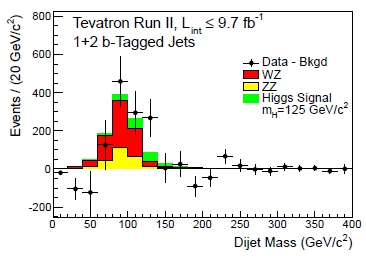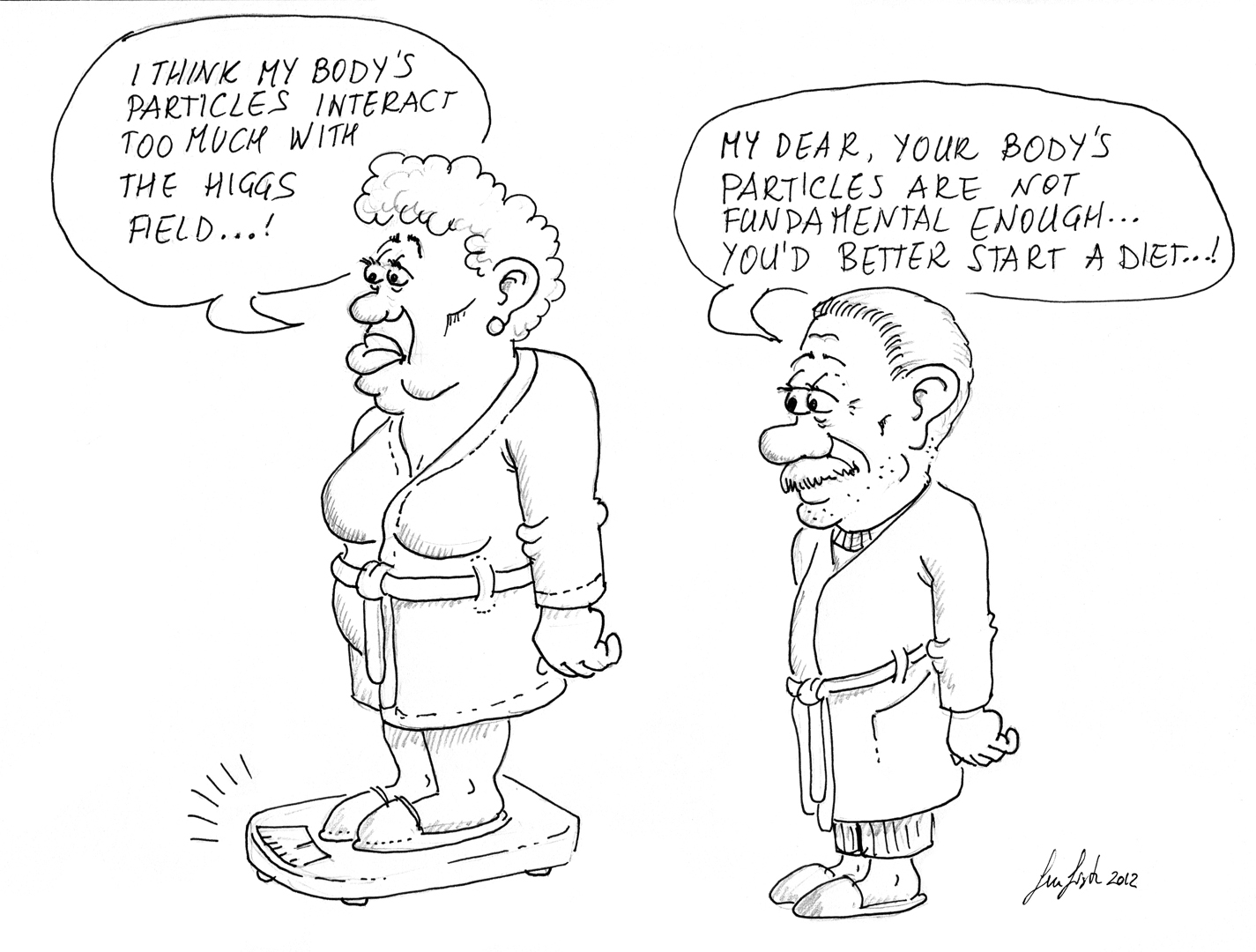I am very happy to have been invited, by Matteo Polettini, to two events that will take place at
Festivaletteratura (literature festival), an important cultural event that takes place in Mantova, a beautiful town in northern Italy, from the 5th to the 9th of September.
ATLAS has just
released a note which summarizes the searches for the standard model Higgs boson in 7-TeV and 8-TeV data. Since July 4th the main improvement is the addition of the WW channel, which had not been shown back then. With it, the combined local significance of the 126 GeV Higgs boson excess in the WW, ZZ, and γγ channels grows to 5.9 standard deviations. In the words of a Facebook friend who's in ATLAS: "if this is not a discovery, I don't know what is".
The Tevatron experiments have jointly
published on the arxiv two days ago a paper which is titled "
Evidence for a particle produced in association with weak bosons and decaying to a bottom-antibottom quark pair in the search for the Higgs boson at the Tevatron collider". You can get the paper in the arxiv.
The communication of science to the general public is a subject dear to me, but unfortunately one that the majority of my colleagues neglect to consider as one to which to devote time and efforts.
In the last decade blogs have started to fill the huge gap that exists between scientific journals and general news media, a gap that no popularization magazine can bridge, given their restricted scope. More recently, I see efforts that employ video and graphics more heavily than before, and this is of course a step in the right direction - reading is harder, or at least less immediate, than watching an image or following a video clip.
I am spending my vacations in the beautiful island of Leukada, in the Ionian sea. Consequently, my posting rate here has dropped significantly in the last few days. I will return in August; in the meantime I will still post something, but expect a much smaller rate of articles for a while here.
The following text has been offered as a followup of the Higgs observation by the LHC experiments, which finds a signal at a mass compatible with the pre-discovery predictions made some time ago by Vladimir Khachatryan - ones which I published in this blog. - T.D.
Considerations following the Higgs boson discovery - Ashay Dharwadker
 Living At The Polar Circle
Living At The Polar Circle Conferences Good And Bad, In A Profit-Driven Society
Conferences Good And Bad, In A Profit-Driven Society USERN: 10 Years Of Non-Profit Action Supporting Science Education And Research
USERN: 10 Years Of Non-Profit Action Supporting Science Education And Research Baby Steps In The Reinforcement Learning World
Baby Steps In The Reinforcement Learning World









